Discover the Colonial Horrors of Leopold II in Congo Tour in Brussels
Imagine walking through the streets of Brussels and unraveling a part of history that’s often uncomfortable but crucial to understand. For just $112 per person, this 2.5-hour guided walking tour takes you deep into Belgium’s colonial past—specifically the darker chapters linked to King Leopold II and the Congo. Guided by knowledgeable experts, you’ll visit prominent landmarks such as the Park of the Cinquantenaire, the Royal Palace, the Union Minière headquarters, and the vibrant Matonge neighborhood.
What we love about this experience is how it balances historical education with authentic city exploration. First, the tour offers an in-depth look at Belgium’s colonial process, from the personal rule of Leopold II to Congo’s path to independence. Second, it thoughtfully connects that history to modern-day Congo and the Congolese diaspora in Belgium, making it relevant and thought-provoking.
A possible consideration is that this tour involves moderate walking, so comfortable shoes are a must. It’s also not suited for those with mobility impairments or wheelchair users, which might limit some travelers. However, for those interested in history, social justice, and urban culture, this tour promises a meaningful, eye-opening experience in the heart of Brussels—perfect for history buffs, socially conscious travelers, and anyone wanting a more nuanced understanding of Belgian colonialism.
Who should consider this tour? If you’re eager to learn about lesser-known histories and want to see Brussels through a decolonial lens, this tour offers a compelling and authentic perspective. It’s especially valuable if you appreciate walking tours that combine heritage sites with contemporary social issues.
Key Points
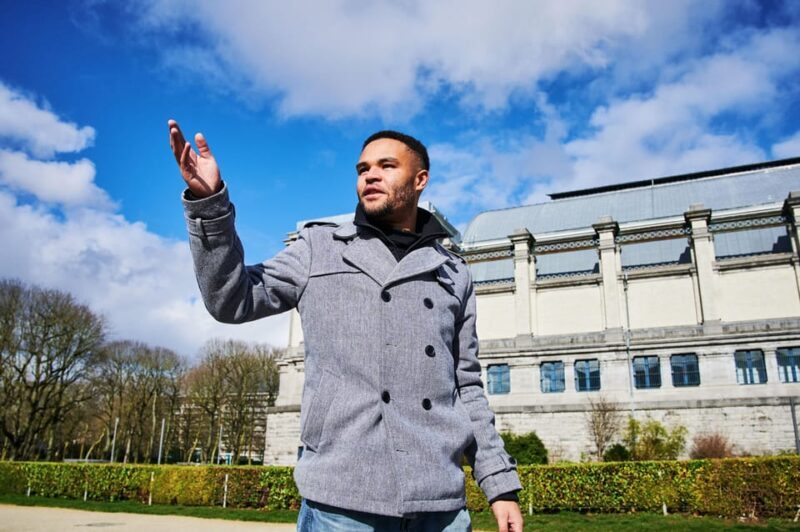
- In-depth colonial history: Learn about Belgium’s controversial role in the Congo from a knowledgeable guide.
- Authentic city experience: Visit notable sites like the Royal Palace and Mont des Arts that connect the past and present.
- Cultural insights: Discover how Congolese migration has shaped modern Belgium, especially in neighborhoods like Matonge.
- Balance of education and exploration: Combines historical narration with sightseeing.
- Moderate walking: Be prepared for a 2.5-hour stroll through central Brussels.
- Flexible booking options: Reserve with the possibility to pay later and cancel up to 24 hours in advance.
A Deep Dive Into the Experience
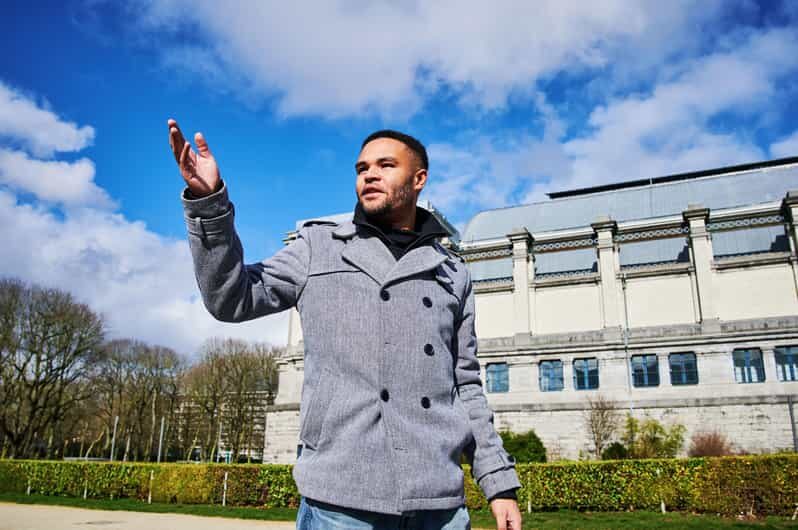
When you sign up for the Brussels: Colonial Horrors of Leopold II in Congo Tour, you’re signing up for more than just a sightseeing walk—you’re engaging with a difficult chapter of European history that Brussels played a central role in shaping. For many, the experience begins with a meet-up in the city center, where your guide, perhaps someone like Eric (who is praised for his dedication and knowledge), will set the scene with a brief overview of Belgium’s colonial ambitions and their impact.
The first stop often is the Park of the Cinquantenaire, a grand green space that once symbolized Belgium’s imperialist pride. Here, the narrative shifts from the public monuments to the stories behind them—stories of exploitation, violence, and resistance. Walking through the park, you’ll gain a visual sense of the grandeur that belies a darker history.
Next, the tour might take you to the headquarters of Union Minière, a key player in Belgium’s colonial economy. This site, now a part of Brussels’ modern landscape, echoes the industrial and economic ties to Congo’s resource extraction during Leopold’s reign. You’ll see the Royal Palace and Mont des Arts, where your guide will connect historical dots—from colonial profiteering to the present-day reflections on those legacies.
The walk continues through the Porte de Namur and into Matonge, a neighborhood vibrant with Congolese culture. Here, we loved how the guide explained the impact of Congolese immigration—a living testament to ongoing connections, both complex and resilient. It’s a chance to see how history shapes modern communities and identities.
Throughout, you’ll learn about the personal colony of King Leopold II—a term that hints at the brutal exploitation of Congo’s people during his rule. The guide’s explanations help clarify how this history still influences Belgium’s social fabric today. As one reviewer noted, the guide “had an answer to every question,” reflecting the tour’s depth and the guide’s preparation.
What makes this tour particularly valuable is the way it links historical sites with contemporary social issues. This is not a superficial overview; rather, it’s a thoughtful critique of colonialism and its ongoing effects, making it a meaningful experience for modern travelers.
Pricing at $112 might seem steep at first glance, but considering the expert guidance, access to multiple heritage sites, and the thought-provoking content, it’s a good value—especially for those eager to understand Belgium’s colonial past beyond textbooks. The tour also offers flexible booking options, allowing you to reserve your spot and decide later, which is convenient for spontaneous travelers.
Planning more time in Brussels? We've covered other experiences worth considering.
Practical Tips for the Tour
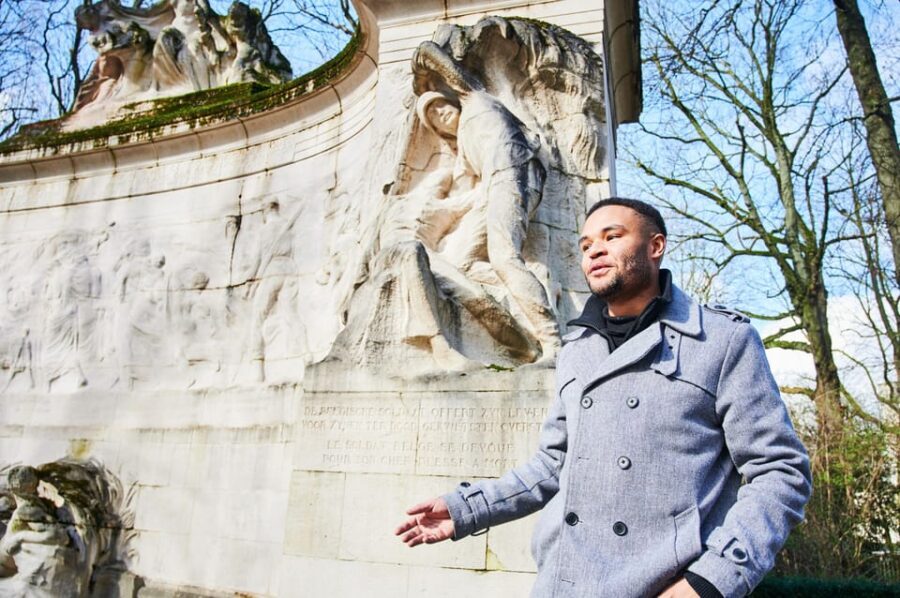
Preparation is simple. Wear comfortable shoes since you’ll be on your feet for about two and a half hours. Bringing along a camera will help capture the city’s contrasts—palaces, parks, neighborhoods—each telling its own part of the story. Check the weather forecast, as rain or shine, you’ll want weather-appropriate clothing to enjoy the walk without discomfort.
Since the tour involves moderate walking, it’s best suited for people who are comfortable on their feet. Unfortunately, it’s not accessible for wheelchair users or those with significant mobility challenges. The tour is conducted in multiple languages, including English, French, Dutch, Spanish, and Arabic, broadening its appeal to diverse travelers.
Summary
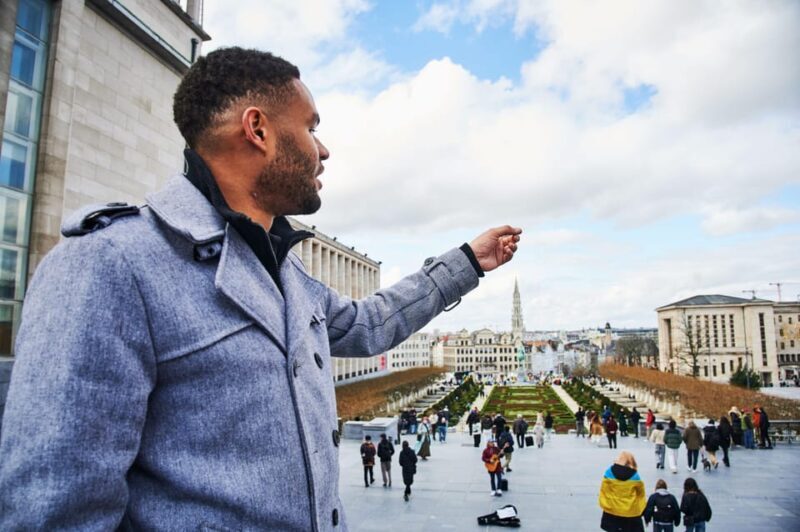
This colonial history tour in Brussels offers a rare and important opportunity to understand the complex legacy of Belgian colonialism—from the personal rule of Leopold II to modern Congolese communities in Brussels. It provides a thoughtful, well-structured narrative that challenges visitors to see Brussels not just as a capital of a European Union powerhouse but as a city with a dark, yet critical, history intertwined with global exploitation.
The combination of historic sites, social insights, and engaging storytelling makes it an excellent choice for curious travelers who want to combine sightseeing with meaningful reflection. Whether you’re a history enthusiast, a social justice advocate, or just someone interested in how the past influences the present, this tour delivers valuable insights that linger well beyond the city streets.
FAQs
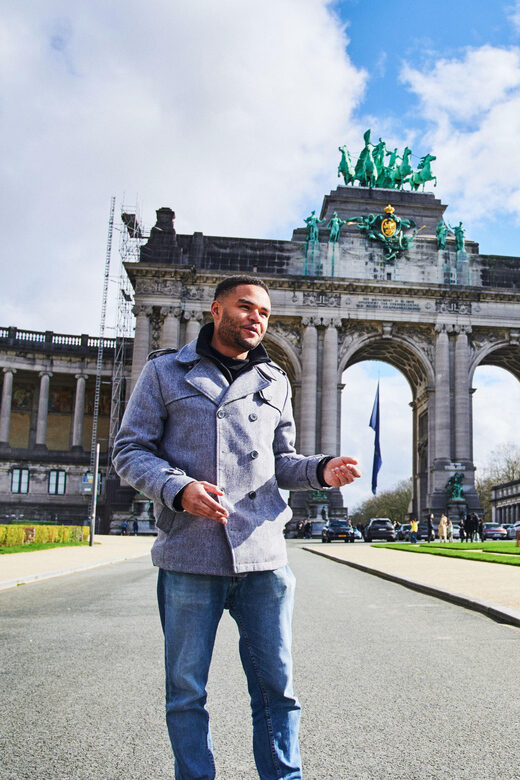
Is the tour suitable for children or teenagers?
While the tour focuses on serious topics, it’s generally suitable for older children or teenagers who can handle historical discussions and moderate walking. Check with the provider for specific age recommendations.
How long does the tour last?
The tour lasts approximately 2.5 hours, including visits to multiple key sites around Brussels.
Can I cancel the tour if my plans change?
Yes, you can cancel up to 24 hours in advance for a full refund, making it flexible for travel planning.
Is the tour available in multiple languages?
Yes, the tour is offered in English, French, Dutch, Spanish, and Arabic, accommodating diverse visitors.
What should I bring on the tour?
Comfortable shoes, a camera, water, and weather-appropriate clothing are recommended. Be prepared for some walking and variable weather conditions.
Does the tour include transportation?
No, this is a walking tour. You’ll explore on foot, making it easy to access and see the city’s historic and cultural sites up close.
Is this tour accessible for people with mobility issues?
No, it is not suitable for those with mobility impairments or wheelchair users due to the walking nature and site access limitations.
To sum it up, the Brussels: Colonial Horrors of Leopold II in Congo Tour provides a rare opportunity to explore a challenging chapter of European and Belgian history through a well-organized, engaging city walk. It’s best suited for travelers who want a thoughtful, authentic experience that moves beyond superficial sightseeing, offering a nuanced look at the legacy of colonialism that continues to shape modern Belgium and Congo alike.
You can check availability for your dates here:More Tours in Brussels
- The Best Of Brussels Walking Tour
- Brussels: Private Beers, Bars, and Live Music Tour by Night
- From Paris: Brussels Christmas Market, City Tour, ChocoStory
- Brussels Highlights Self guided scavenger hunt and Walking Tour
- Brussels: Private Custom Walking Tour with a Local Host
- Brussels Tootbus Discovery Hop On Hop Off Bus and walking tours
More Tour Reviews in Brussels
- The Best Of Brussels Walking Tour
- Brussels: Axe Throwing & Craft Beer Experience
- Brussels: Private Beers, Bars, and Live Music Tour by Night
- From Paris: Brussels Christmas Market, City Tour, ChocoStory
- Brussels Highlights Self guided scavenger hunt and Walking Tour
- Brussels: Private Custom Walking Tour with a Local Host
More Brussels experiences we've covered
- The Best Of Brussels Walking Tour
- Brussels: Axe Throwing & Craft Beer Experience
- Brussels: Private Beers, Bars, and Live Music Tour by Night
- From Paris: Brussels Christmas Market, City Tour, ChocoStory
- Brussels Highlights Self guided scavenger hunt and Walking Tour
- Brussels: Private Custom Walking Tour with a Local Host
- Brussels Tootbus Discovery Hop On Hop Off Bus and walking tours
- Private tour : Luxembourg & Dinant from Brussels Full day
- Brussels: Private Tour of Theatre Toone with Snacks and Beer
- Brussels: City Walk with Audioguide in 7 Languages on your Phone
- Private Tour: Ghent and Bruges From Brussels Full Day
- Day tour to Luxembourg from Brussels
